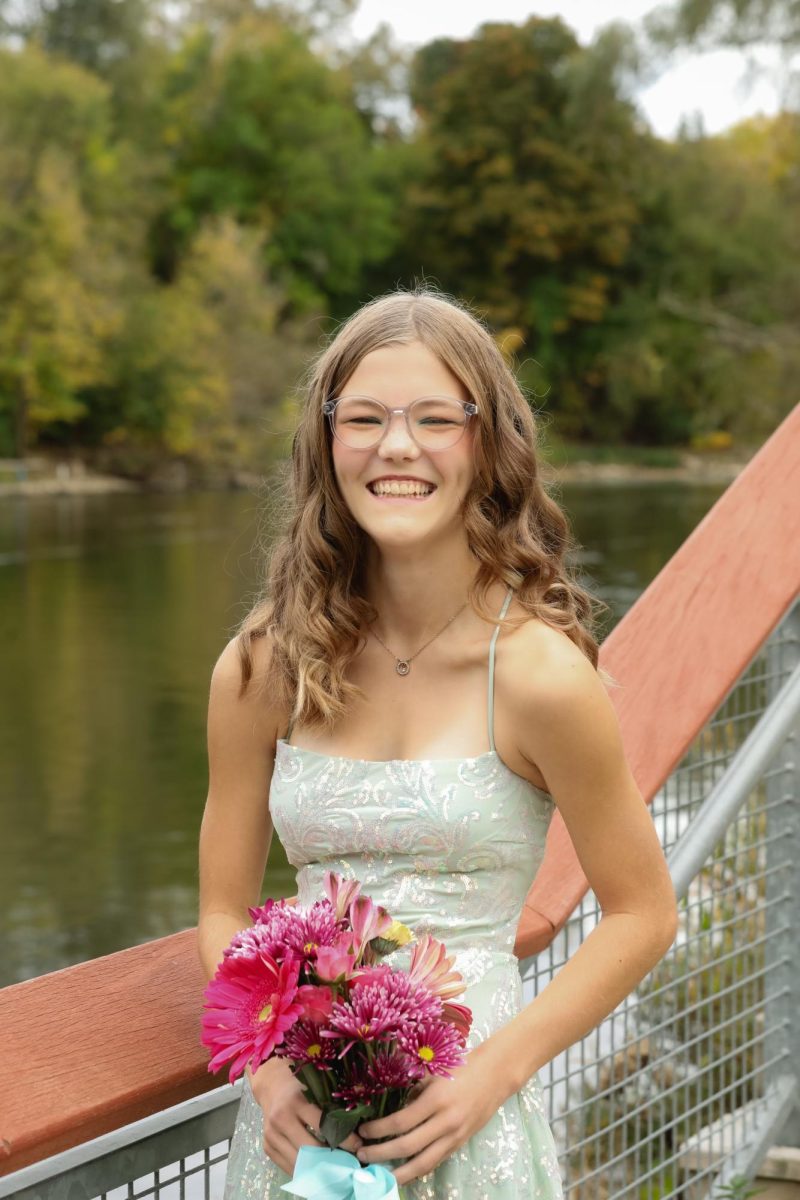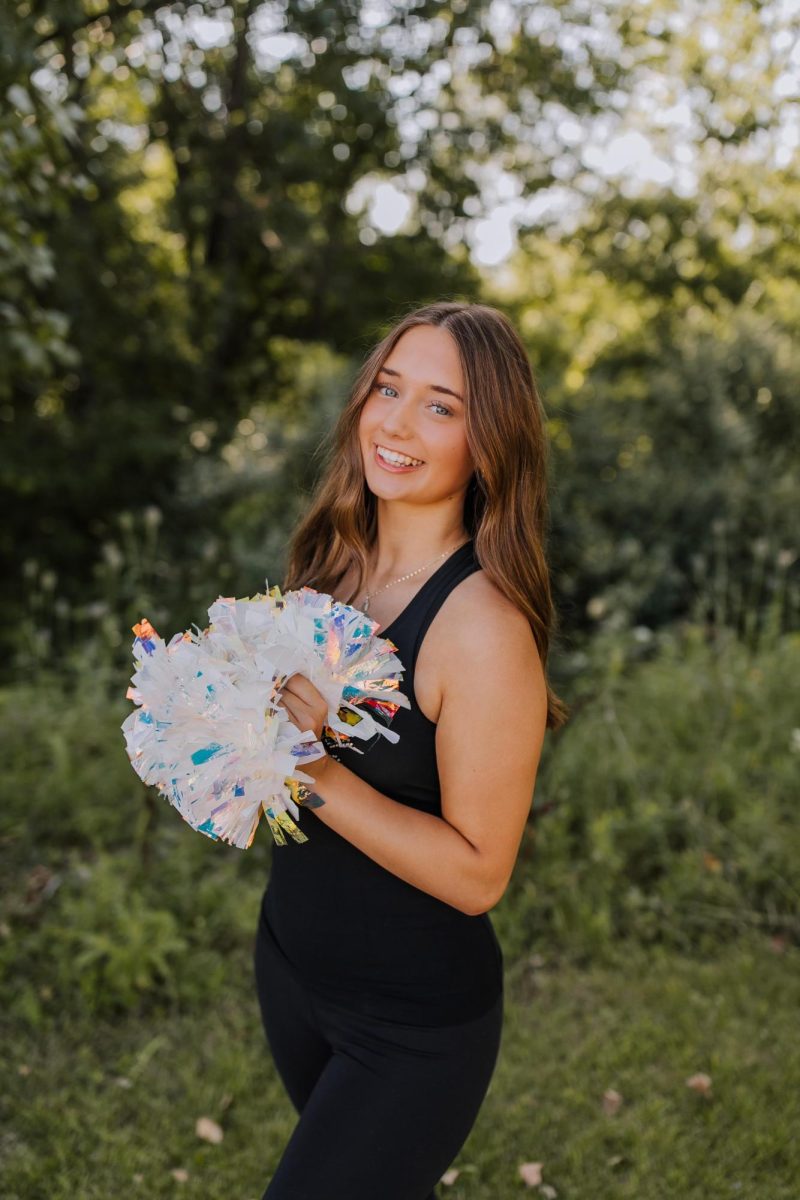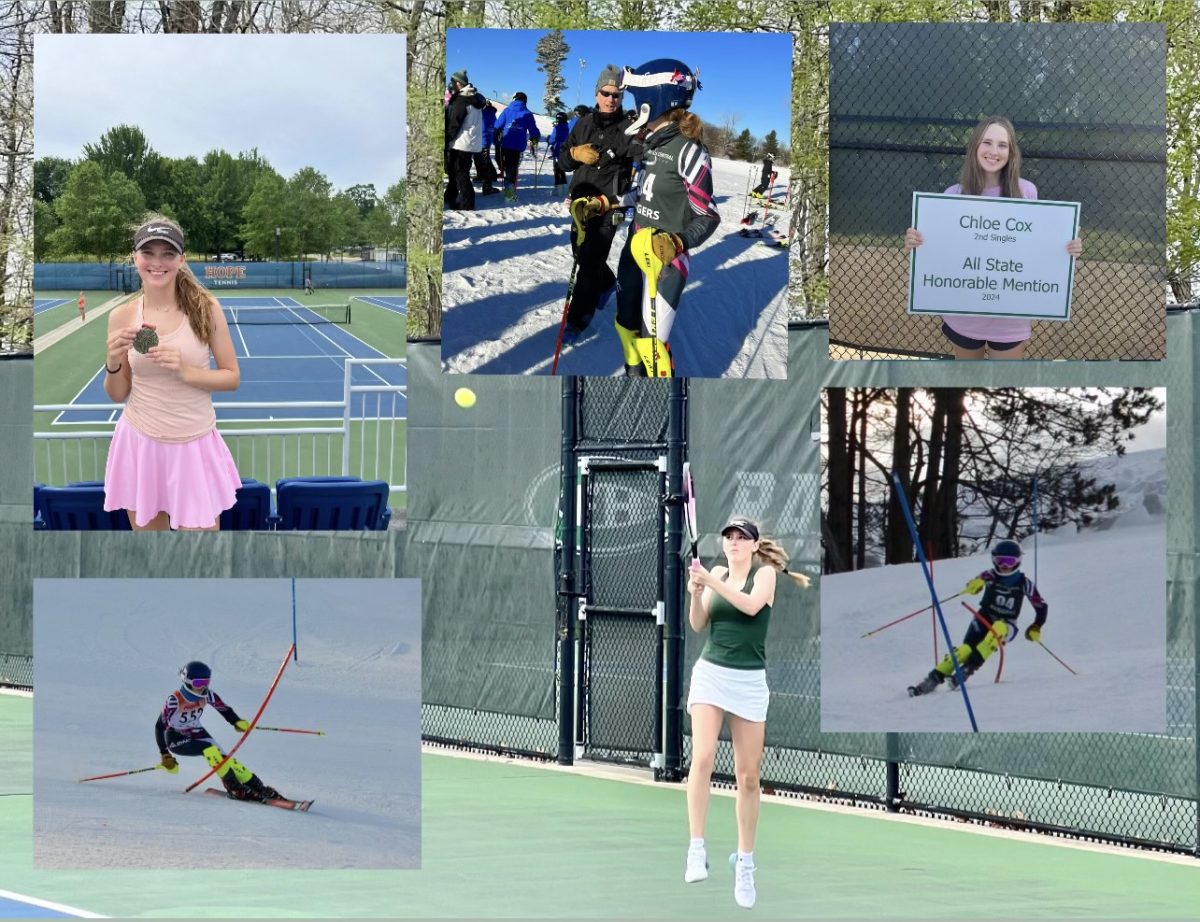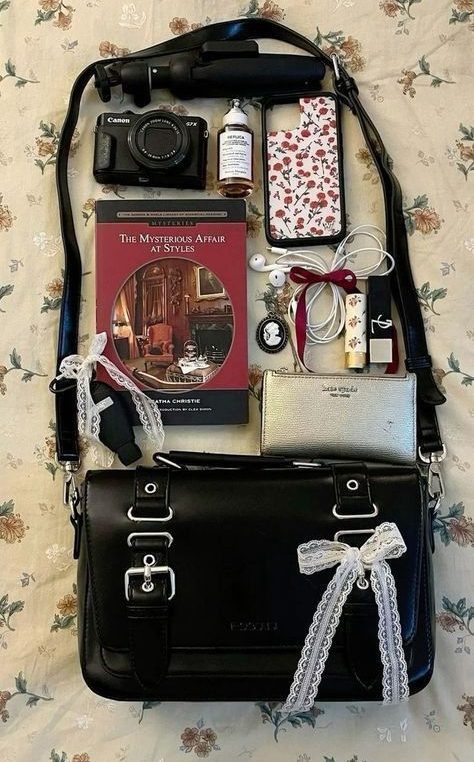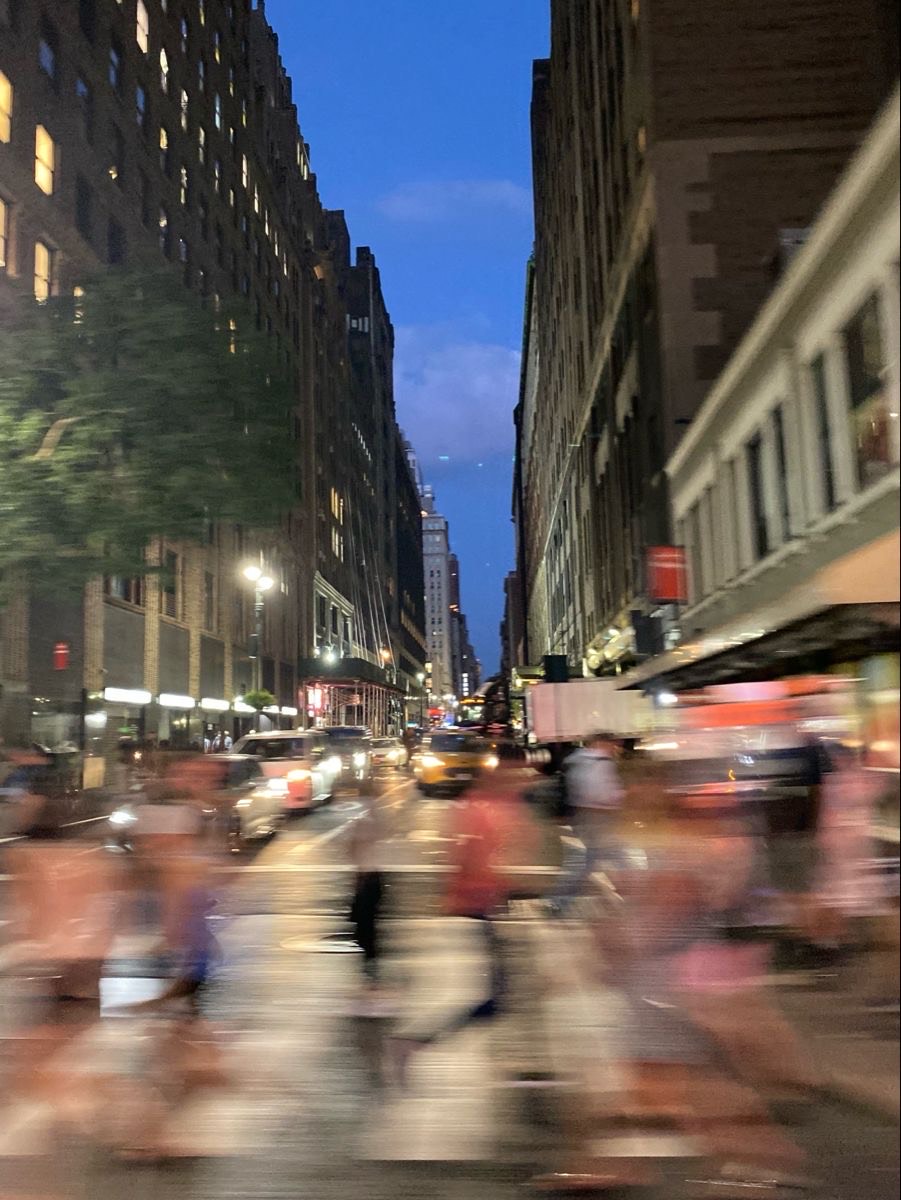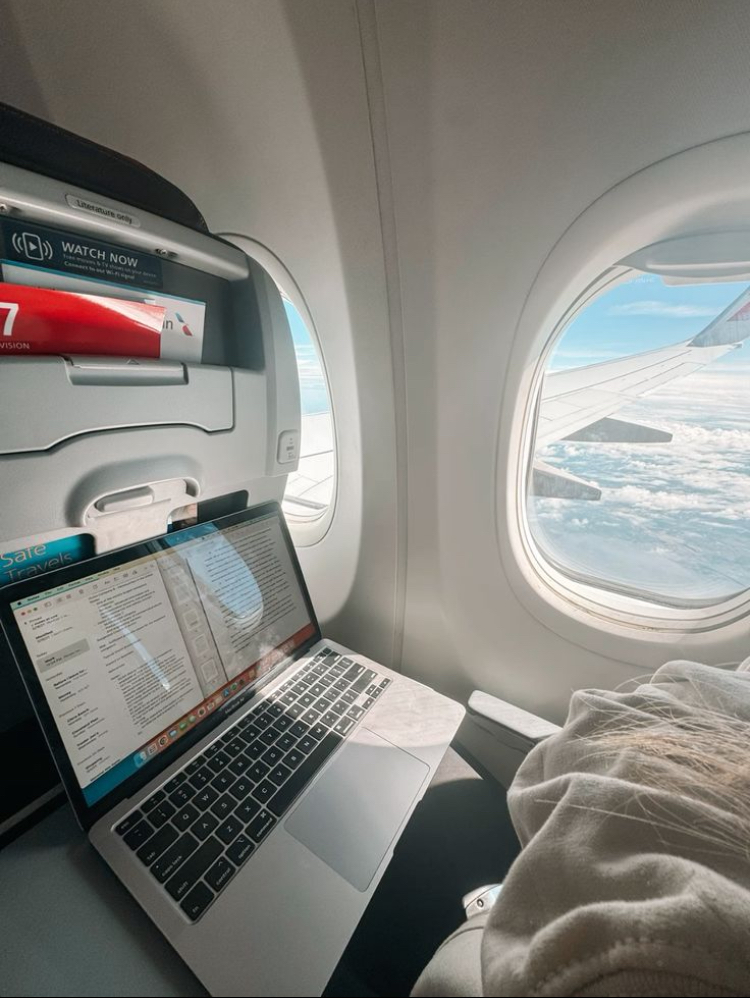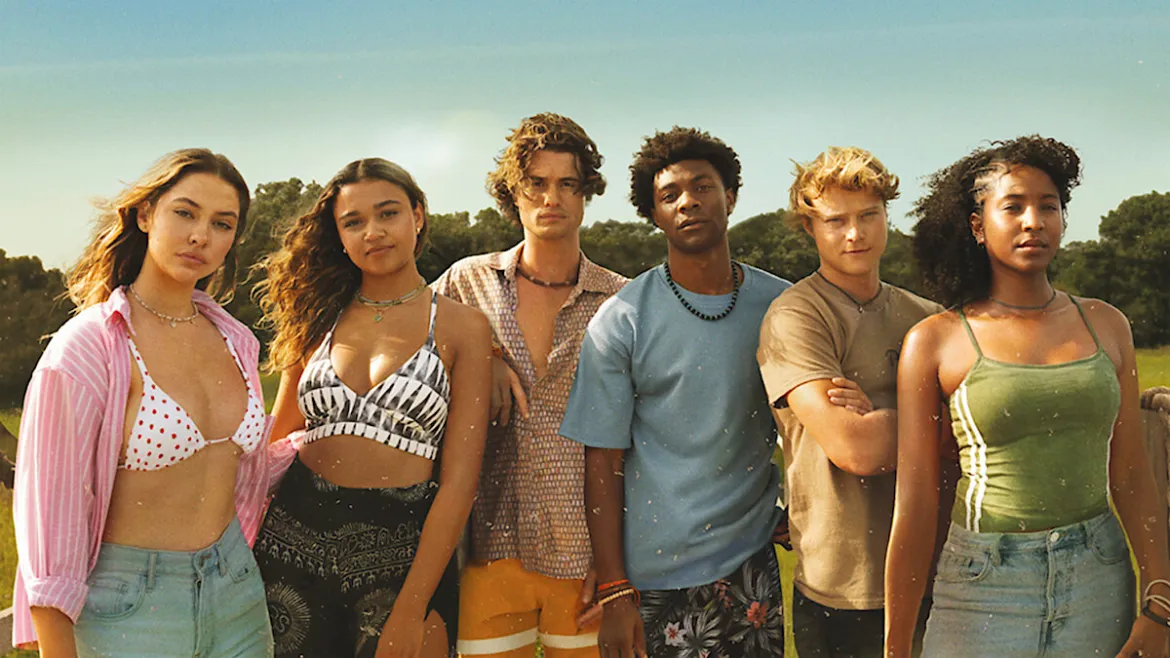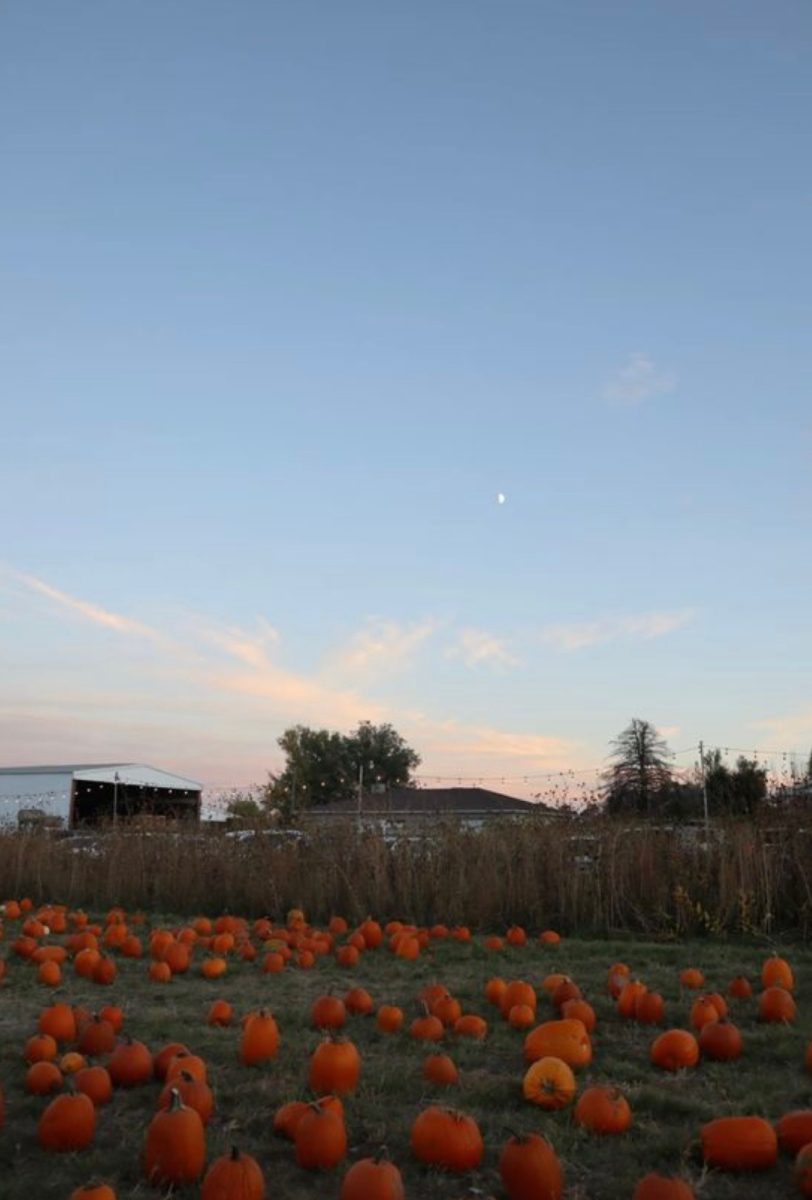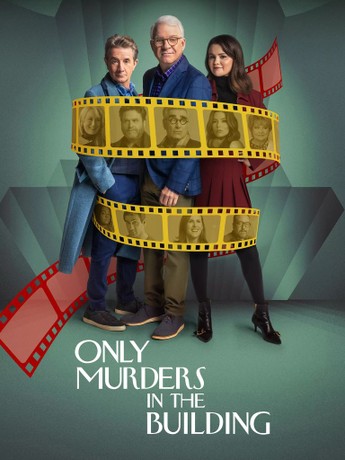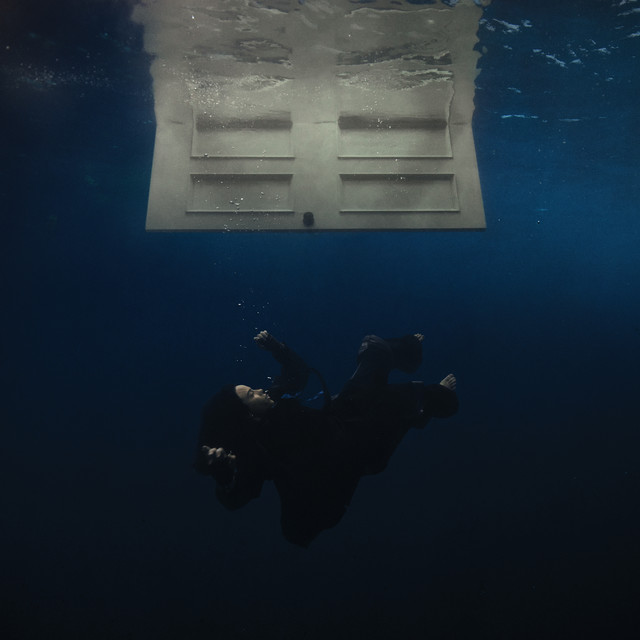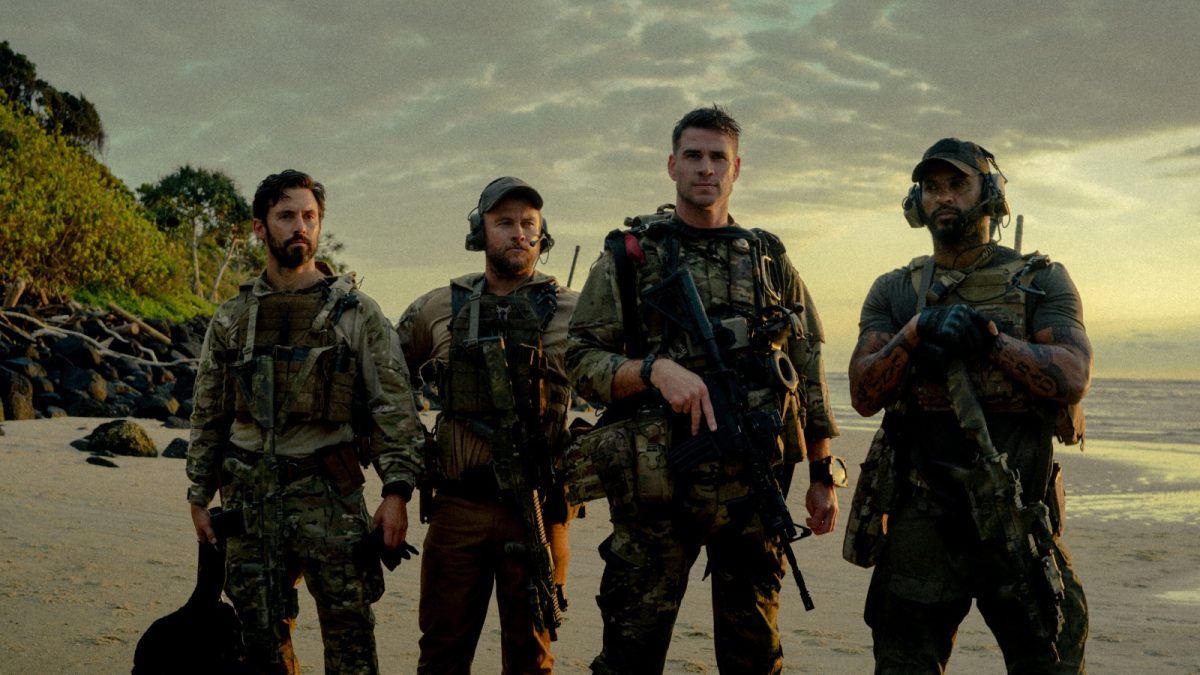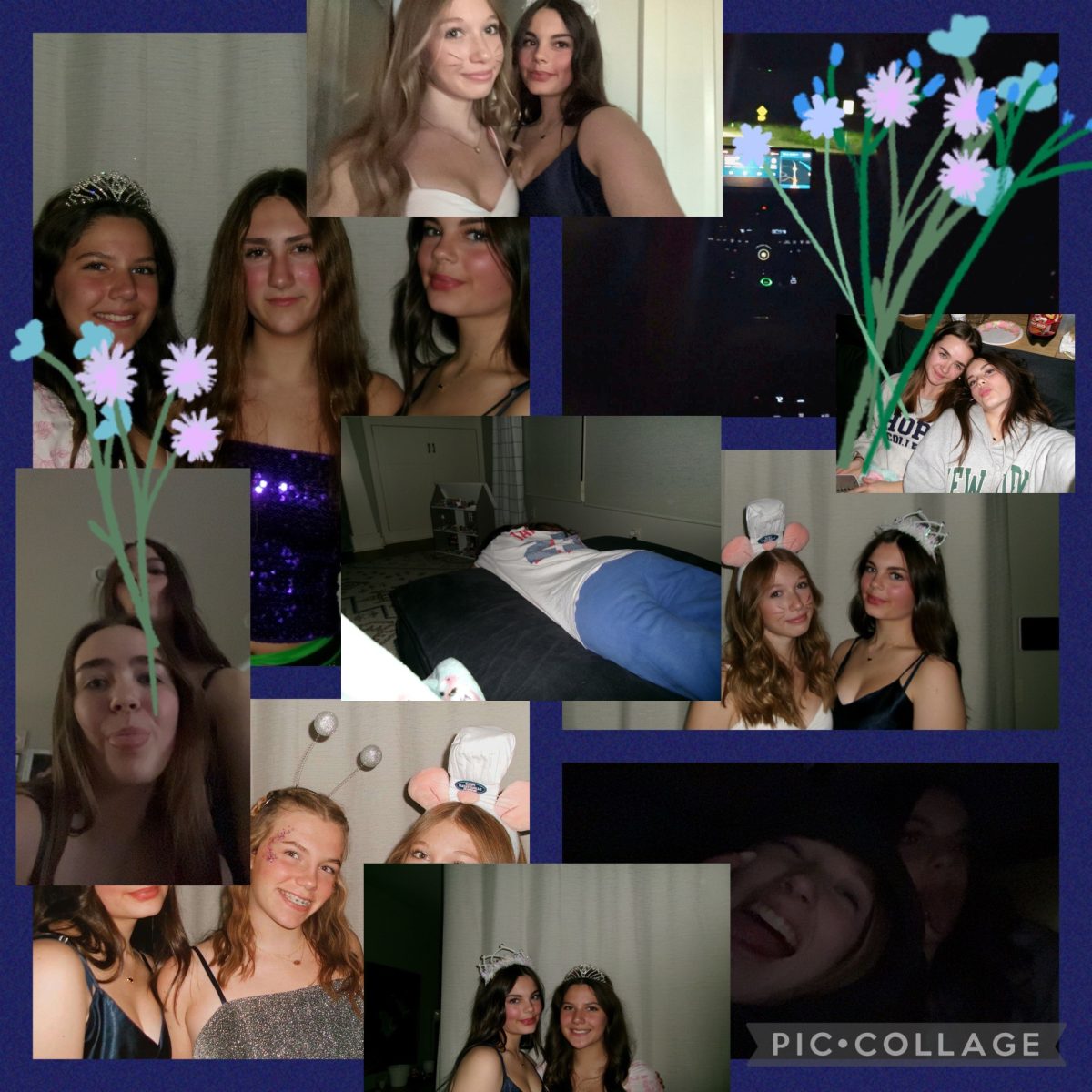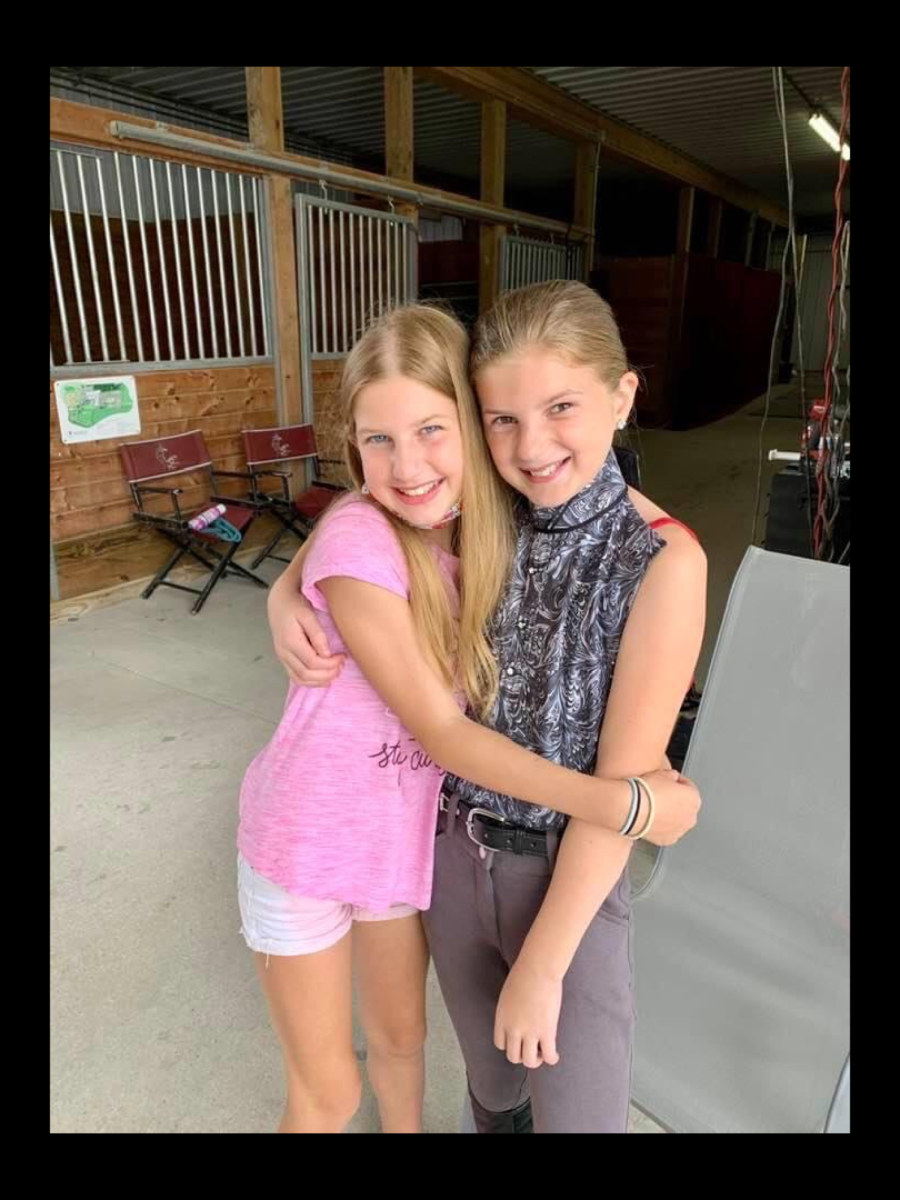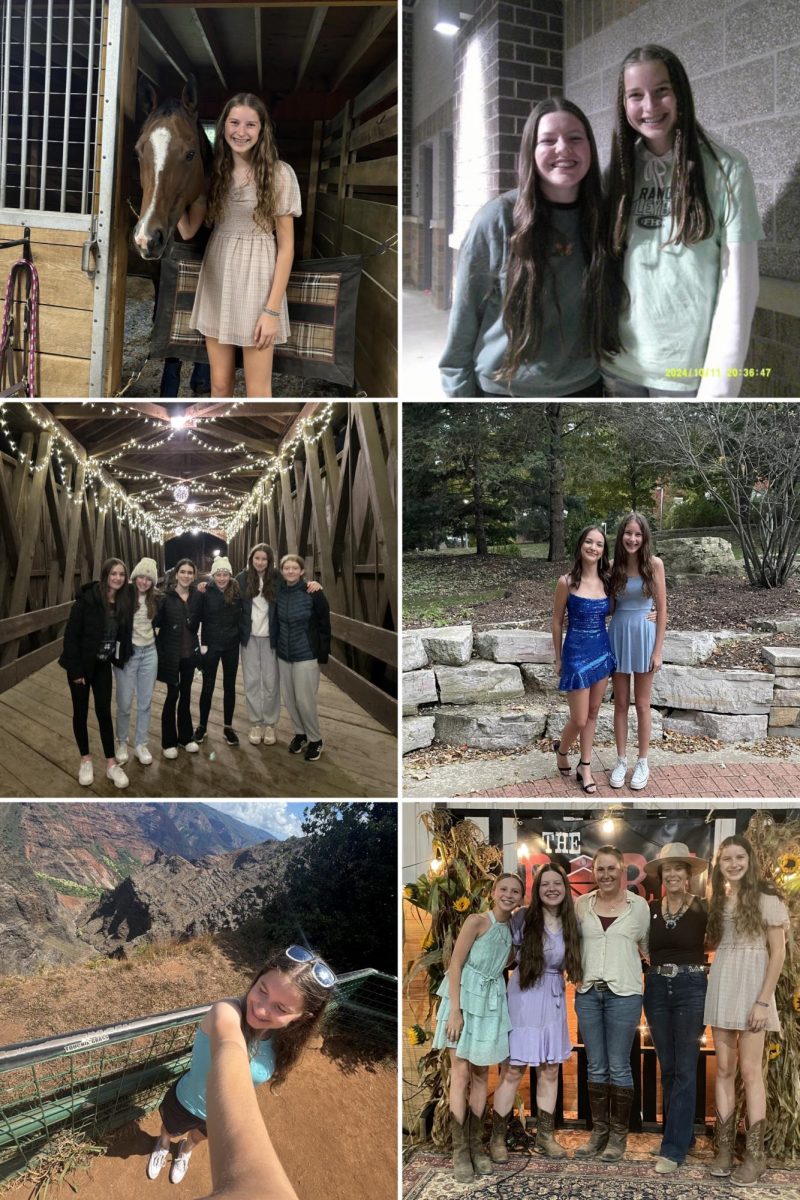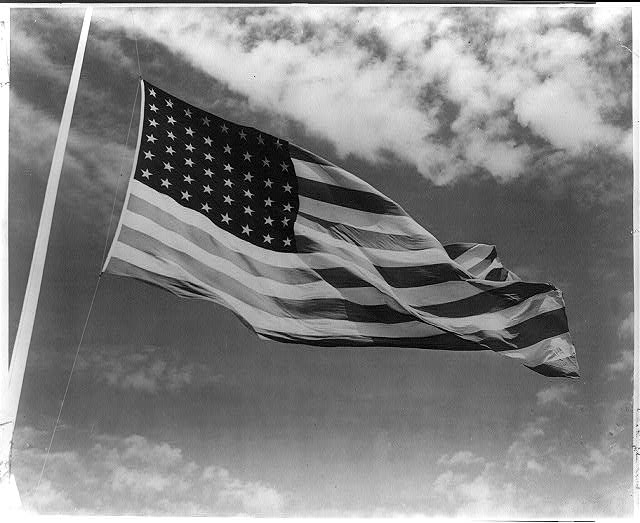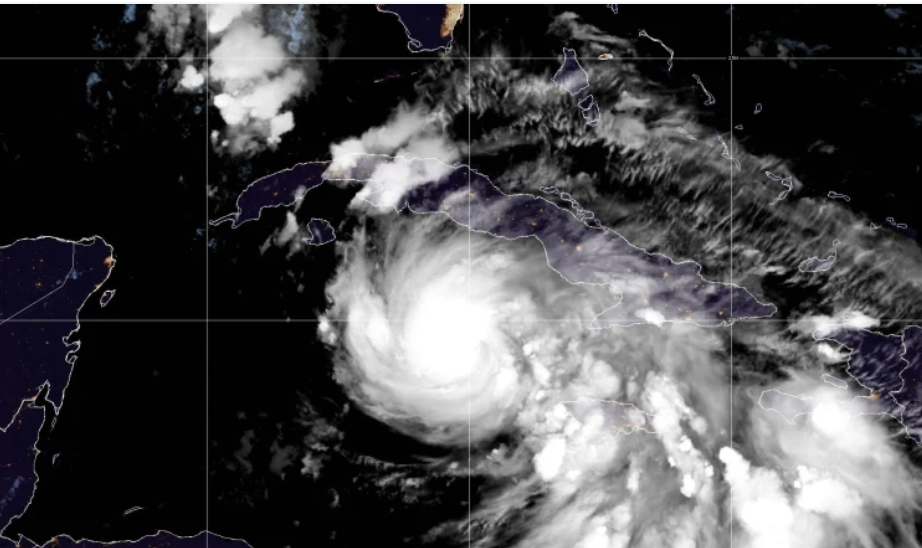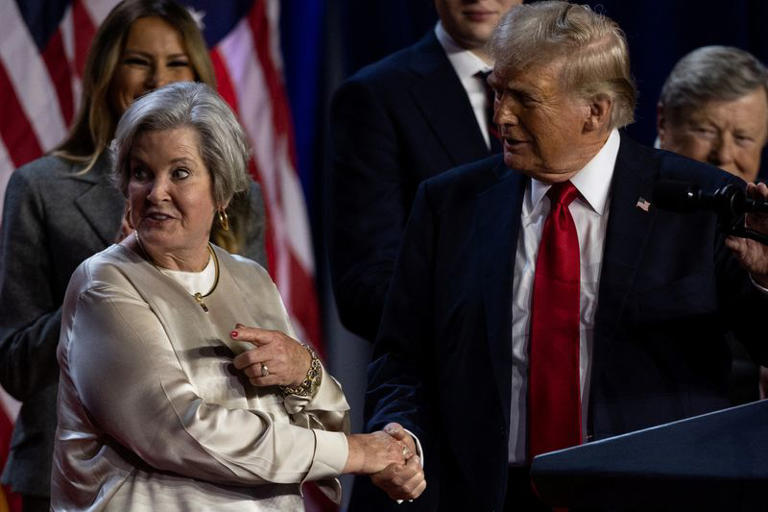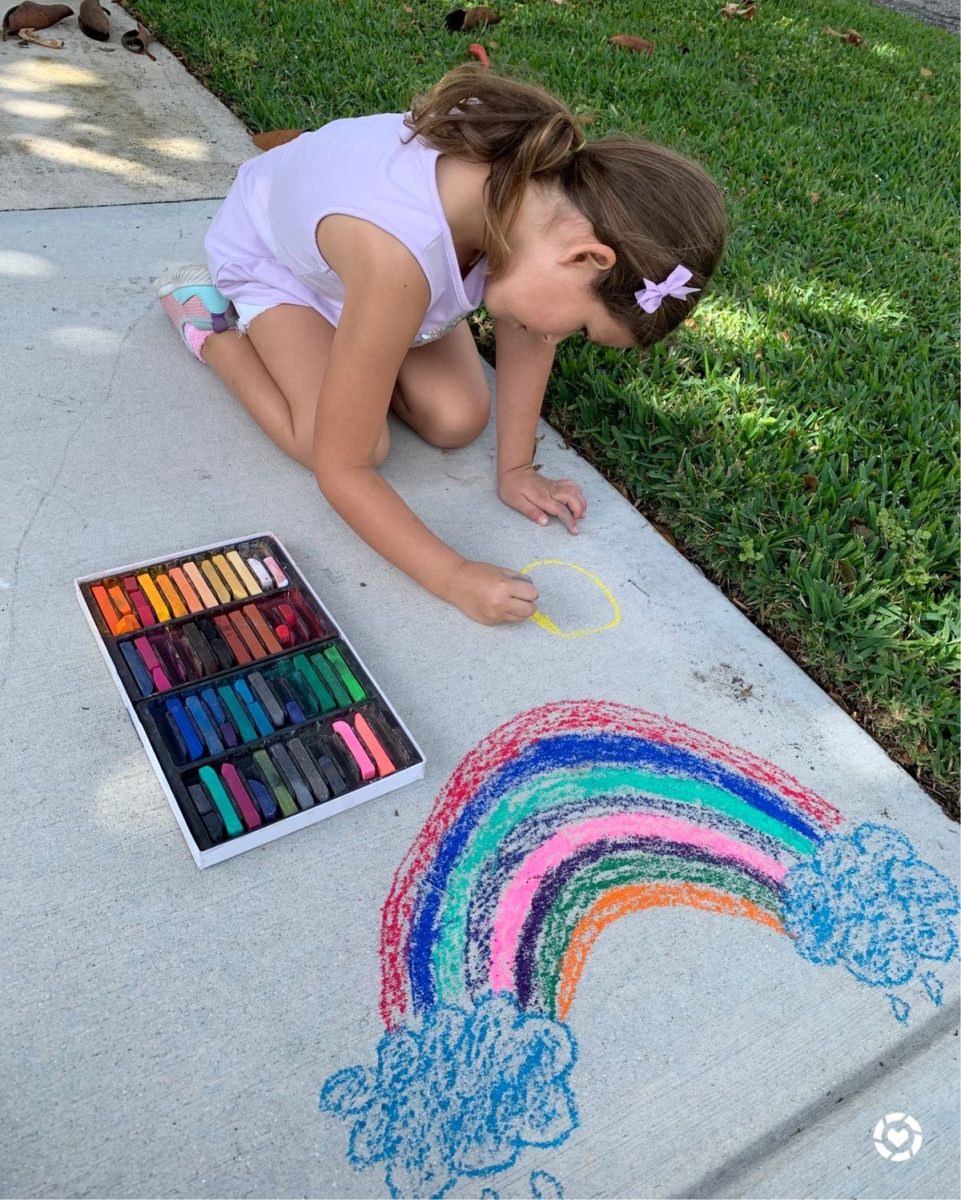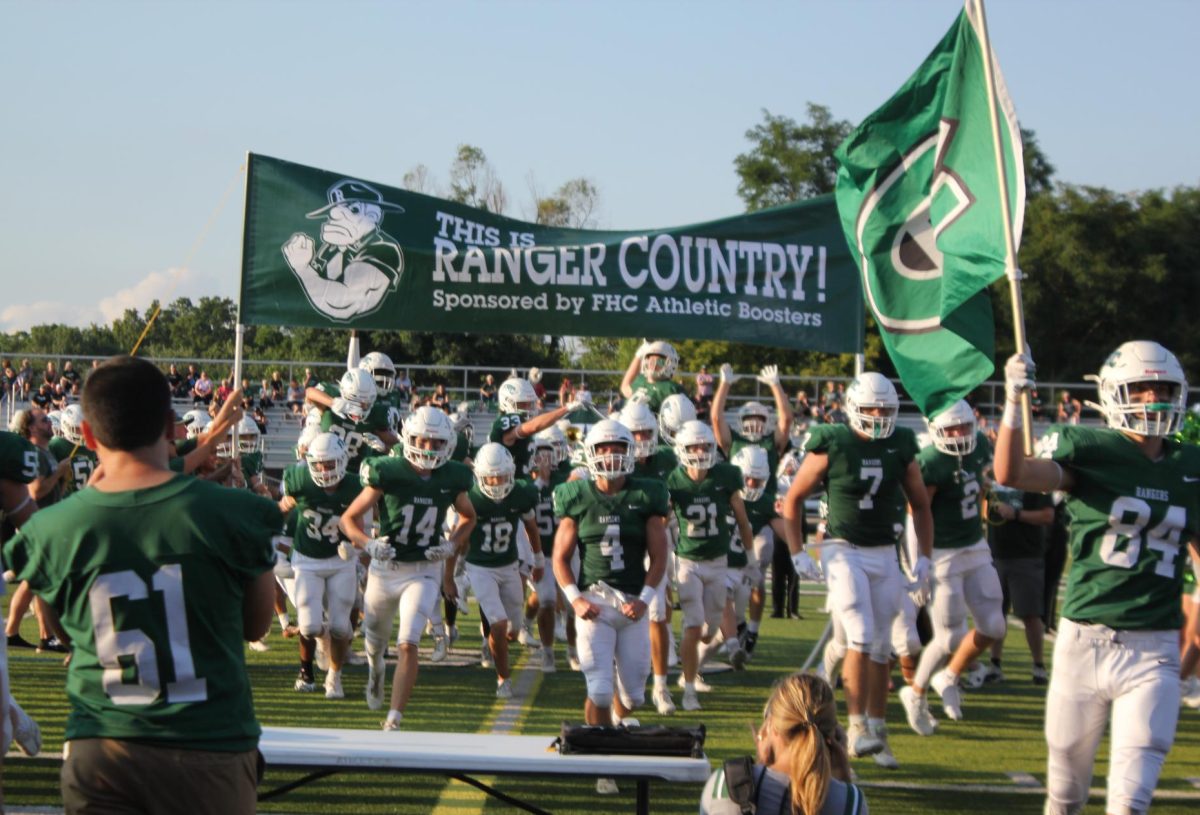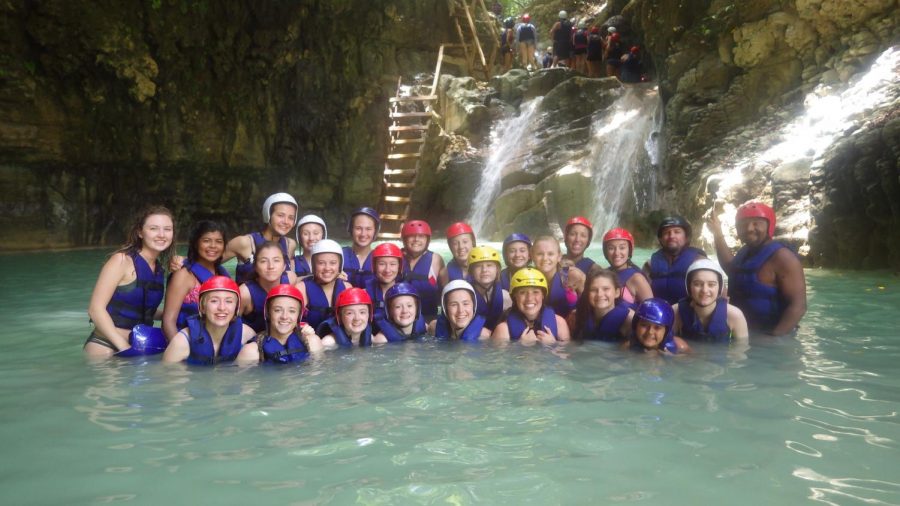Señor Silvestre’s Dominican Republic trip offers students a once-in-a-lifetime chance to experience the country
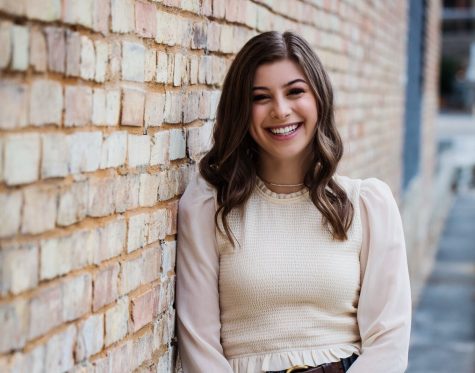
More stories from Courtney Collar
In a little marketplace of Santo Domingo in the Dominican Republic, sophomore Molly Vonk stood bargaining with a local for a necklace. After a long couple of minutes back and forth in Spanish, Molly walked away satisfied with a new necklace for a third of the original price.
“They wanted [my sister and I] to pay twelve dollars for it, but we were like ‘That’s a little bit too much,’” Molly said. “We ended up getting it down to four dollars, which I’m pretty proud of because twelve to four is a big difference, even though it’s not even that much money either way.”
The chance to practice speaking a foreign language in a foreign country is an opportunity not many people receive. However, 22 FHC Spanish students of various levels, who all happened to be girls, were lucky enough to travel to the Dominican Republic for ten days at the beginning of last summer.
Despite having only recently completed Spanish 2, Molly was excited for the chance to experience something completely new. Molly wanted to experience it all: the language and the culture. She had many chances to speak to natives while she was there.
“You get more comfortable speaking Spanish, and your mind kind of shifts into Spanish mode,” Molly said. “Then, all you’re thinking of is Spanish words, and you’re looking for Spanish words at night on your phone. Then, the next day, you wake up, and you’re like, ‘Okay I’m going to go buy something, and I’m going to use my Spanish.’”
Throughout the entire trip, especially before her mind switched into “Spanish mode,” Molly was very grateful for Carlos Silvestre, Spanish teacher and native-born Dominican. Silvestre helped his students with various cultural aspects on the trip, such as determining a good buying price for a product.
Since he first began teaching, Silvestre had always wanted to take some students to his home country, but he didn’t have the logistics in place to do so. Thanks to the impeccable timing of events back in 2014, all the pieces snapped into place to make this dream a reality.
Four years ago, Silvestre was taking his family to the Dominican Republic for vacation. Still months before he left, he spoke on the phone with his mother. She told him to see about meeting up with the pastor from his childhood. Not long after, that very pastor’s son was the youth pastor at the camp Silvestre was volunteering at. From there, Silvestre got in contact with his childhood pastor and learned that he was now running an organization that brings groups of people from around the world to the Dominican Republic to do community service.
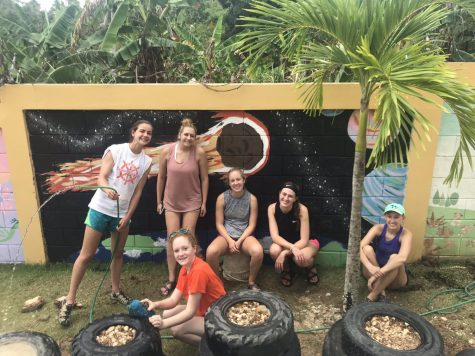
Suddenly, Silvestre had the means to complete his goal, and he did so in 2016. Two years later, this past summer, Silvestre took a new group of students back for round two.
“It makes me emotional cause everything kind of fell in place at the right time,” Silvestre said. “I wanted to do [it], but I felt like, ‘Man, how do I do this?’ Everything fell in place; it’s just amazing.”
Split into groups, the students built a multitude of different things to complete a playground. Some students stacked tires stairs for the Dominican kids to climb up and down on. A dome was constructed with metal bars for the kids to climb around on as well. Additionally, students helped build and cement in seesaws for the children. It took them many hours, but they completed the project in three days.
Senior Katrina Bodkins loved building the playground and the impact it had on the native kids.
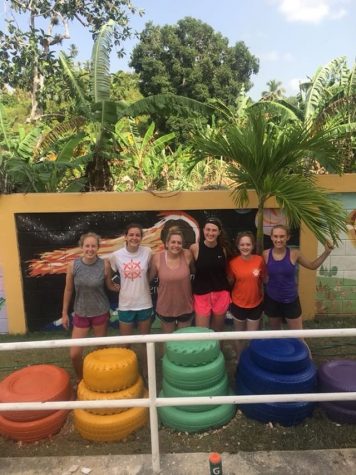
“While we were [building the playground], the kids would come out, and you could tell that they were just in awe and wanted to get on them to play,” Katrina said.
The other community service project Silvestre and the students completed was house painting in Los Terrenas. They painted two houses in very bright colors in the typical fashion of the Dominican Republic homes. This experience was especially mind-altering for many students.
“It was really life changing just because their houses are just so different from ours,” Katrina said. “It’s pretty much a shack; it’s literally falling apart. It’s crazy that they live in these things when we live the way that we do here.”
After the hard work to better the community, Silvestre and his students took trips to the beach and went on excursions. Some of these excursions included zip lining, snorkeling, and hiking to waterfalls. It was very important to Silvestre for this trip to be the perfect mix of both fun and work.
“When you go and you are able to do something for somebody and make somebody’s life a little better, I think that makes a trip way better than just going to a resort and having fun, even though we had a lot of fun,” Silvestre said.
While she enjoyed the community service part, one moment on the trip that sticks out to senior Christina Chiazza was the previously mentioned hike to the El Limon waterfall. She believes this was when all of the students on the trip really came together and bonded.
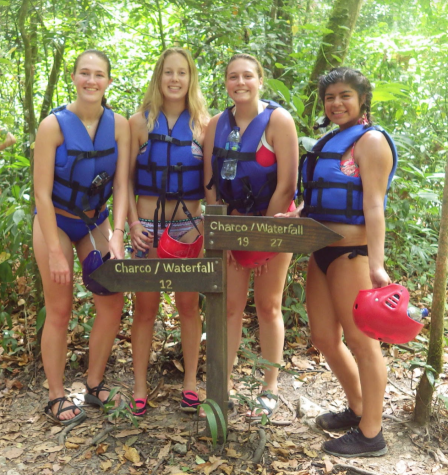
“You had to walk so long,” Christina said. “For an hour and a half of just walking, all of us were just so tired, but everyone was helping each other. We were all kind of huddling, supporting each other, and yelling each other’s names. It was just electric, and it was a loving environment.”
This trip brought together many Spanish students at FHC. For some students, it meant growing closer to a sibling, a best friend, or a mere acquaintance. Now, they have something to reminisce about and joke to tell together.
On the other hand, some students didn’t know anyone going on the trip when they signed up. On one of the first nights, they all met in one room and played get-to-know-each-other games. By the end of the trip, they were no longer surrounded by a group of strangers, but rather a group of friends.
“I talked to a lot of different people I normally wouldn’t have and actually made some really good friends, who I still talk to now, that graduated,” Katrina said. “I’ve made a lot of close friendships, and I think I will have these friends for a long time.”
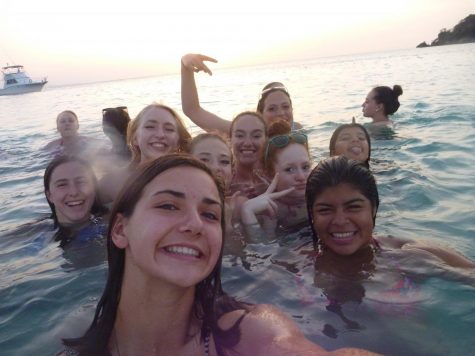
Furthermore, this trip not only brought the students closer together, but it also brought them closer to the culture. They went to the colonial city of Santo Domingo and experienced the history there. They went shopping and learned how to bargain. They even went to see where the locals danced.
One thing that made the most impact on the students was the people walking around the town.
“They are really warm, and they really focus on you,” Christina said. “So even though there is trash everywhere, and there are a lot of kids and people running around without clothes just because they can’t afford them, they were always wanting to welcome you into their house and give you things. They obviously didn’t have a lot, so they wanted to give you the little that they had.”
These shows of compassion by the destitute and poverty-stricken people of the Dominican Republic changed many of the students’ perspective on the world they live in. Every time something is thrown away, images of people burning trash on the sides of the road spring into these students’ heads. These students came back with a new sense of appreciation for what they have.
For Christina, it was like peeling back the curtain behind all luxurious and high-end resorts where spring-breakers go and seeing the country as it really is, and she loved it.
“I feel like society today makes us see all these rich and fortunate people and makes us feel like we aren’t good enough or we need to change, like we need more material things in our lives or [to] change the way we are,” Christina said. “The Dominicans are just so happy and welcoming, and they don’t need a lot. They just need themselves, and that was really eye-opening.”
As a native-born Guatemalan, seeing the pure and unfiltered Dominican Republic only reaffirmed what Christina wants to devote her life to. Christina wants to double major in Spanish and Pre-Med in college. Once she graduates, the goal is to join an organization called Doctors Without Borders. Doctors Without Borders is a non-profit organization that provides medical aid to those who need it. Christina wants to travel back to Guatemala or Honduras and help those unable to afford a good doctor.
“As cliche as it might sound, I always knew I wanted to have a lasting impact on something,” Christina said. “I wanted to be able to say, ‘I did this, I helped someone, and I changed someone’s life. I made someone’s day better.’”
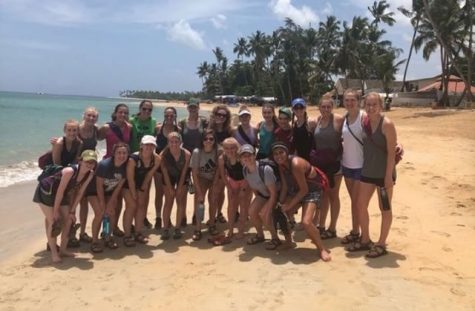

Courtney Collar is a senior and is entering her second year on staff for The Central Trend. In her spare time, you will find her dancing for FHC's varsity...








